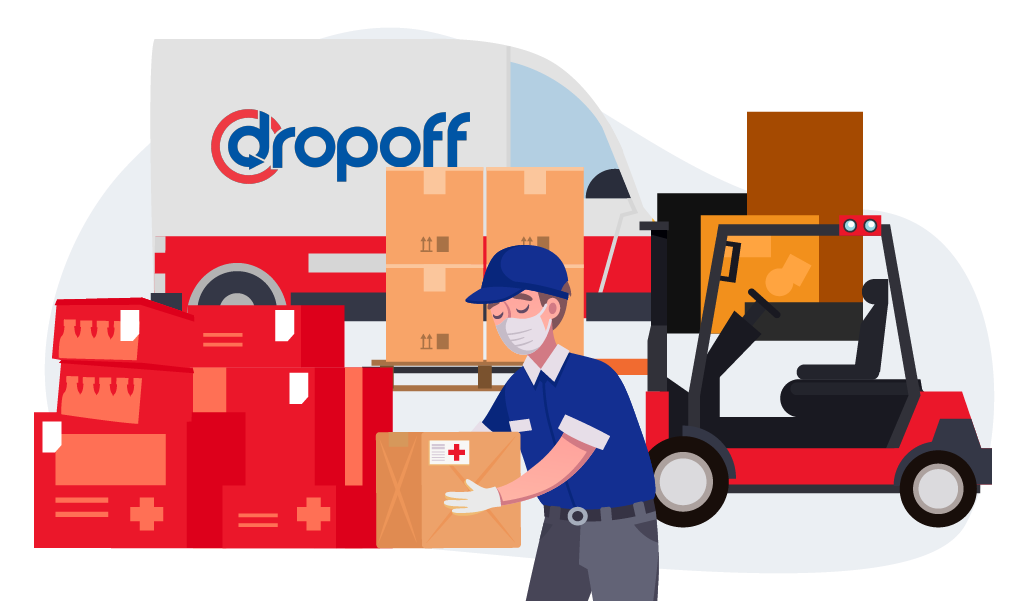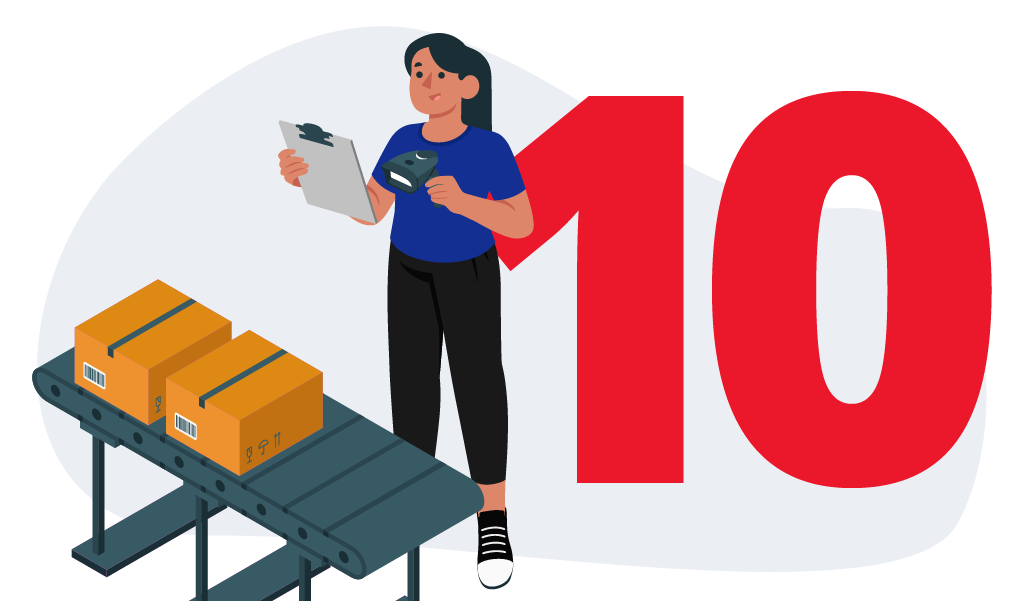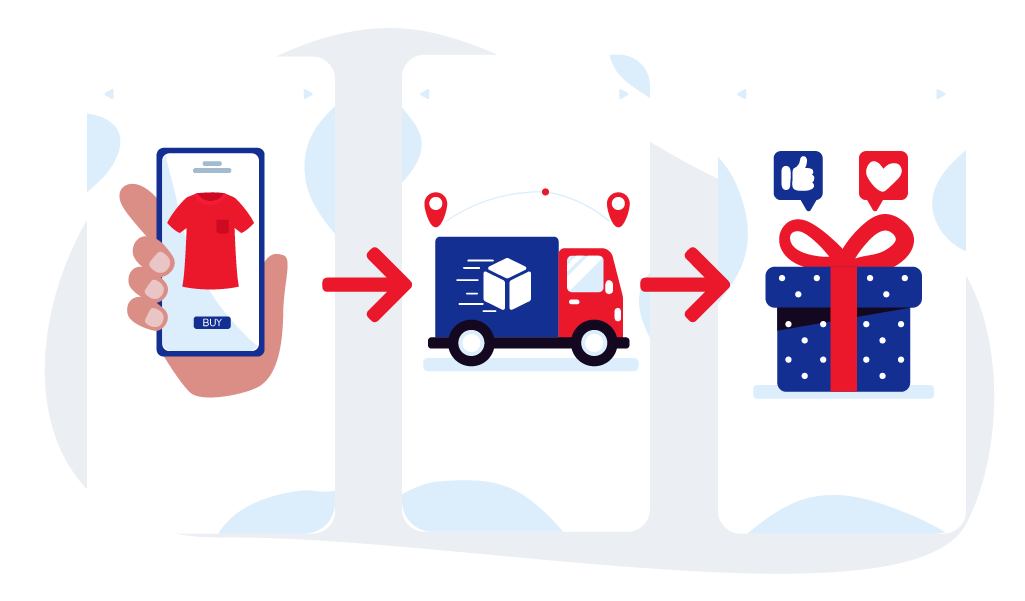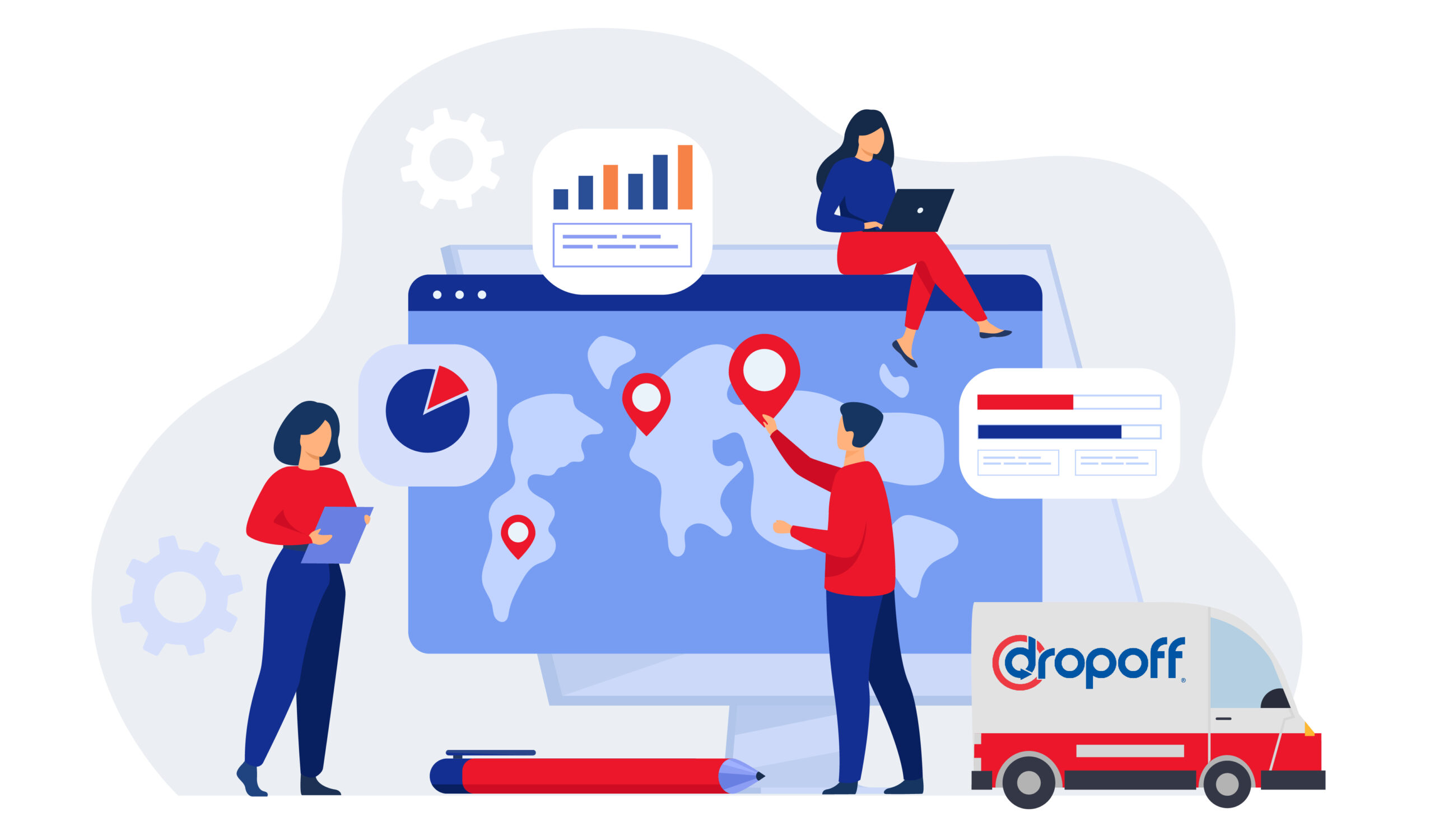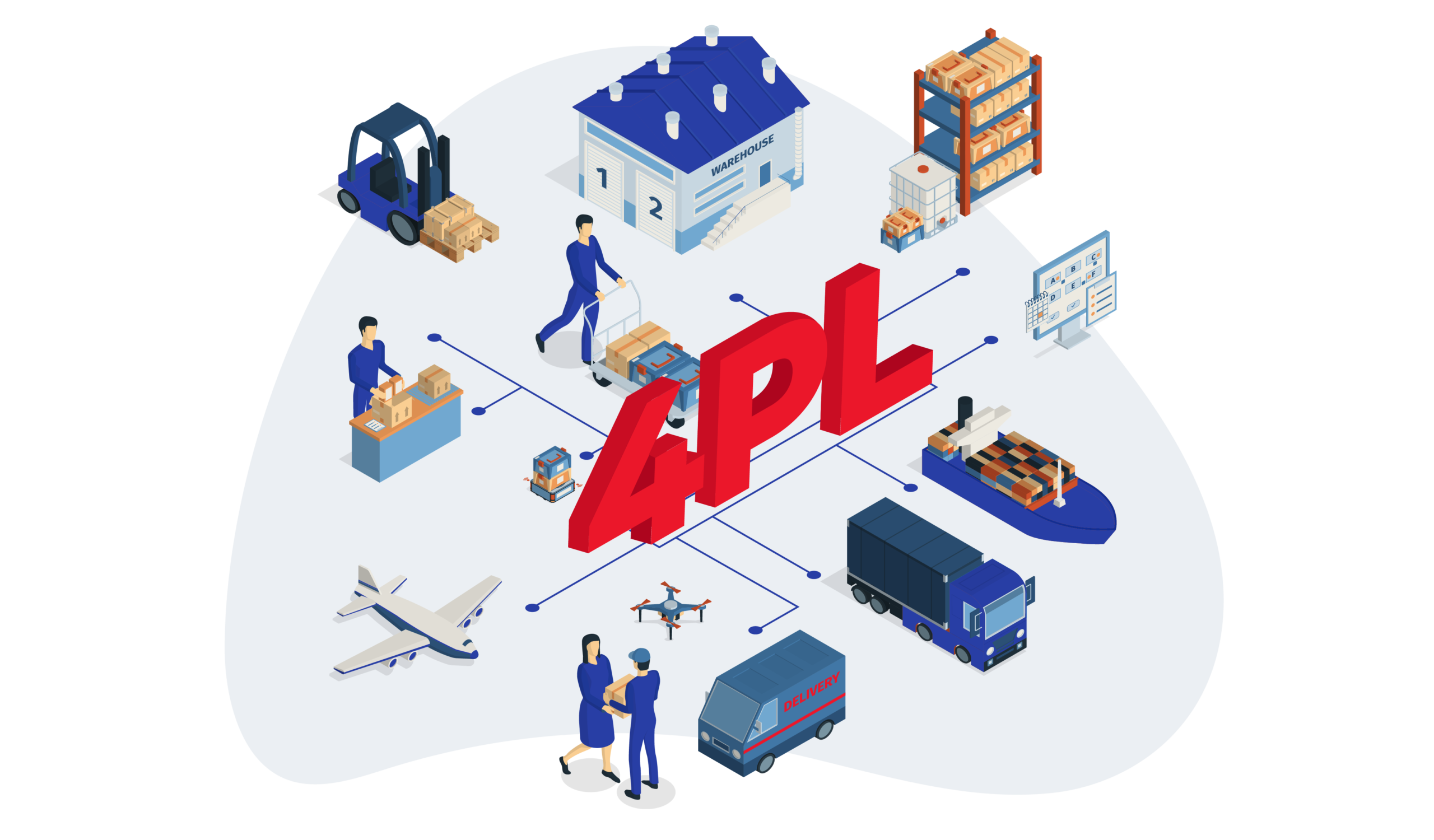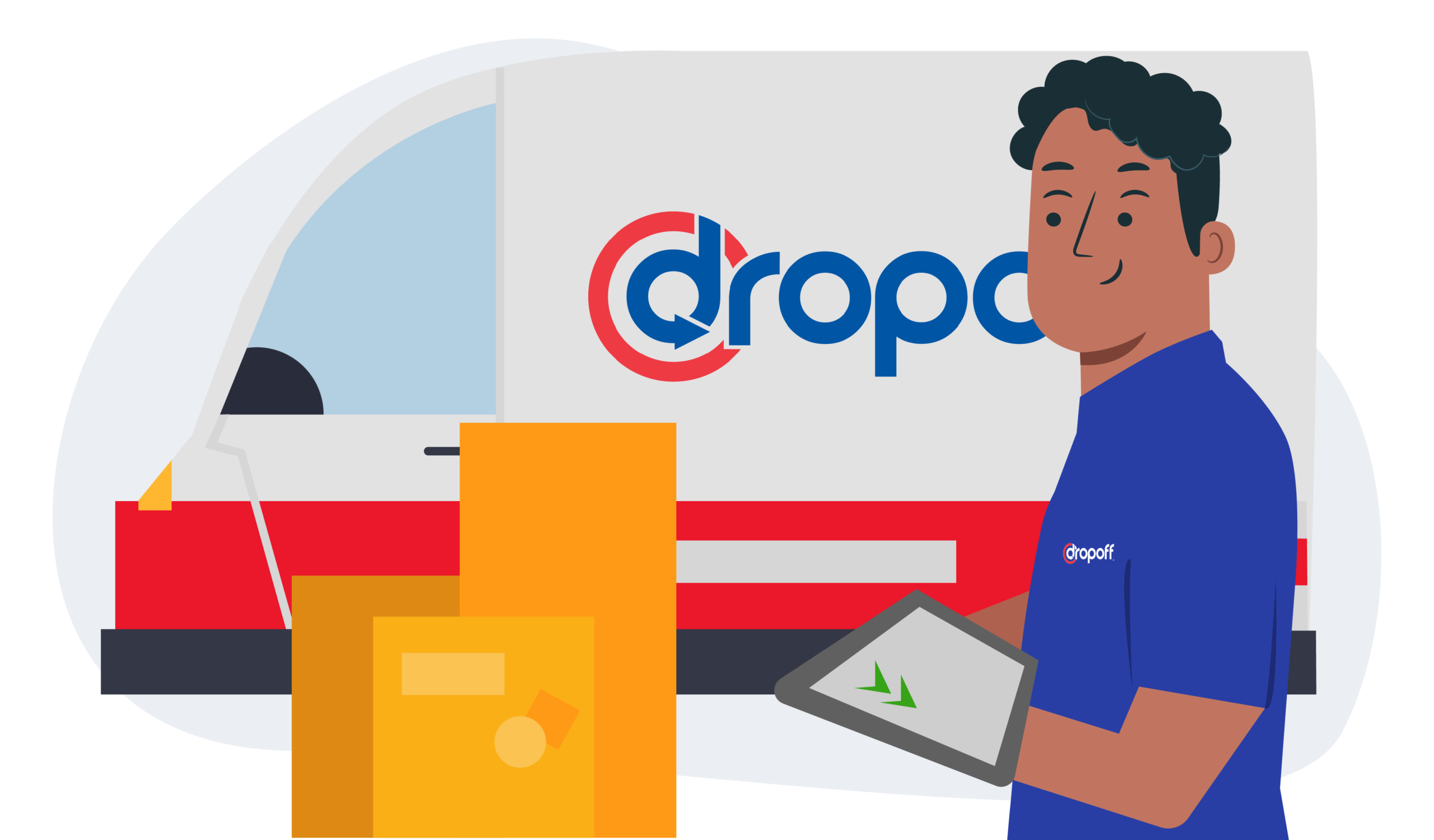Direct To Consumer Fulfillment (DTC) – 12 Tips To Know For Implementation
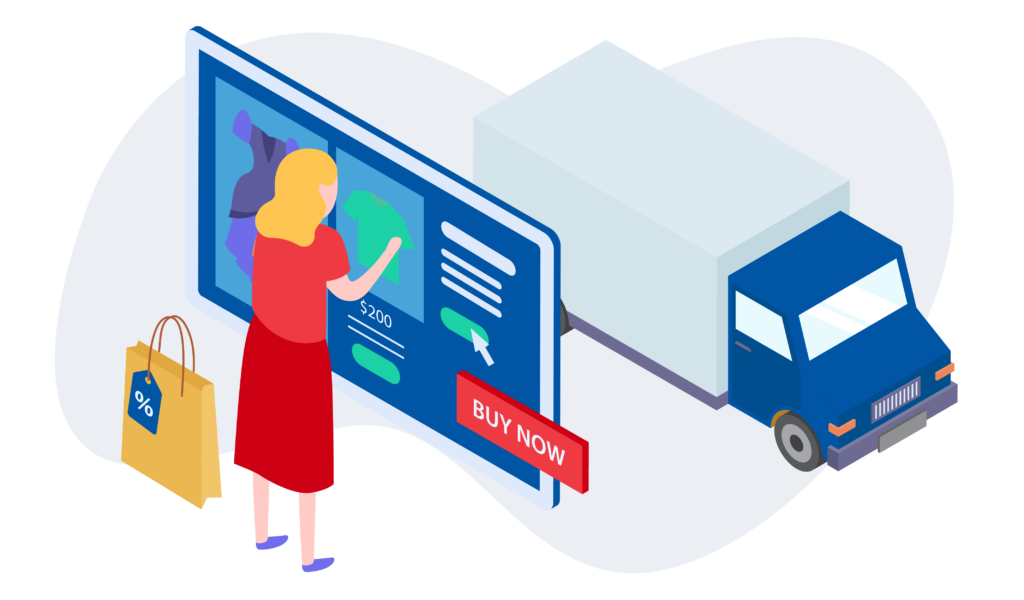
With the rapid evolution of the digital marketplace, Direct-to-Consumer or DTC fulfillment emerged as a game-changer for brands seeking to establish direct relationships with their customers. By bypassing traditional retail channels, DTC brands can offer personalized experiences, lower costs, and greater control over their brand image.
Despite this, implementing a seamless DTC fulfillment can be challenging, especially for starting brands. To help you with this, we’ll explore the key components of DTC fulfillment and provide 12 essential tips to help you create efficient DTC operations.
What is Direct to Consumer Fulfillment?
Unlike B2B fulfillment, direct-to-consumer (DTC) fulfillment is an e-commerce model where brands directly market and sell their products to end consumers through online platforms, circumventing the traditional retail supply chain intermediaries like retailers or wholesalers.
In this model, brands assume full control over every aspect of the customer journey, from product presentation and pricing to order fulfillment and post-sale services.
When did DTC or D2C fulfillment start?
DTC fulfillment began to gain momentum around seven years ago with the advent of ePacket shipping, which offered an affordable and dependable option for online shipping. This marked the onset of the golden age of dropshipping, facilitated by the simplicity of setting up Shopify stores and leveraging social media for marketing without the need to maintain inventory.
What is the future of direct-to-consumer fulfillment?
According to recent reports, direct-to-consumer e-commerce sales reached $129.31 billion in 2021, experiencing a growth rate of 15.9%. Additionally, a recent DTC Market report suggests that sales from direct-to-consumer channels could account for 25% to 50% of your overall revenue within the next 3 years.

Key Components of DTC Fulfillment
DTC fulfillment comprises essential elements that drive its operations:
1. Order Placement and Receipt
The process commences with customers placing orders, which are then received and processed by the fulfillment system. Most successful direct to consumer order fulfillment brands boast an order accuracy rate of 96-98%.
2. Inventory Management
Efficient inventory management is crucial as it involves the tracking of stock levels, replenishing items, and ensuring availability for order fulfillment. Recent surveys suggest that retailers in the US are typically sitting on an average of $1.43 of inventory for every $1 of product sold.
This can significantly impact the revenue generation of eCommerce brands, especially those implementing direct store deliveries.
3. Picking and Packing
Items that have been ordered are picked from the inventory, securely packed, and often personalized to enhance the customer experience. This is a crucial part of the fulfillment process, as proper picking and packing can generate up to a 30% boost in revenue.
4. Direct to Consumer Shipping and Delivery
After being packed, orders are dispatched for shipping, with a focus on prompt and reliable delivery to meet customer expectations. This final leg of delivery is costly, as it accounts for up to 41% of the overall supply chain expenses.
5. Returns and After-Sales of Direct to Consumer Fulfillment Services
Handling returns and providing excellent after-sales service are vital components of maintaining customer satisfaction and loyalty. In 2021, returned retail merchandise in the United States accounted for $816 billion, representing a 16.5% return rate.
What are the advantages and disadvantages of DTC fulfillment?
While DTC fulfillment has become one of the most popular supply chain models in eCommerce, businesses still experience its benefits and downsides:
Advantages of DTC Fulfillment
1. Direct Customer Relationships
DTC fulfillment allows brands to establish direct connections with their customers, fostering loyalty and personalized interactions. This is especially important for eCommerce brands as 25-30% of their customers are returning customers.
2. Higher Profit Margins
Bypassing intermediaries enables brands to retain higher profit margins by eliminating retail markups. According to McKinsey, a successful DTC fulfillment implementation can bring more than a 25% boost in revenue.
3. Control Over Branding and Customer Experience
Brands have full control over how their products are presented and the overall shopping experience, enhancing brand identity and customer satisfaction. 4 out of 5 customers agree the experience a brand provides is just as important as its products and services.
4. Quick Customer Feedback
Direct channels facilitate swift feedback loops, enabling brands to promptly address customer concerns and improve products or services. This is particularly important, given that 95% of customers read online reviews before making a purchase.
5. Tailored Shopping Experience
45% of consumers say they are more likely to shop on an eCommerce site that offers personalization. Brands can personalize the shopping journey to meet individual customer preferences, thereby enhancing engagement and conversion rates.
Disadvantages of DTC Fulfillment
1. Logistical Challenges
80-90% of new eCommerce businesses go out of business within the first few months of launching. Solely managing fulfillment operations, including inventory management and both inbound and outbound logistics, can pose logistical complexities, especially for growing brands.
2. Increased Responsibility for Marketing
DTC brands must take on greater marketing responsibilities to drive customer acquisition and retention, which requires strategic investments in advertising and brand promotion. The standard marketing budget allocation for B2C brands is typically around 15.1% of total revenue.
3. Intensive Customer Service Demands
Providing excellent customer service can be challenging, especially if you’re also spearheading your management, logistics, marketing, and other areas of the business. Poor customer service can lead to a whopping 62% of customer loss.
4. Significant Initial Investment
Launching a DTC operation entails substantial upfront investments in technology, infrastructure, and marketing efforts, which can strain resources, particularly for startups. Setting up the tech infrastructure of the supply chain alone can go up to $500,000.
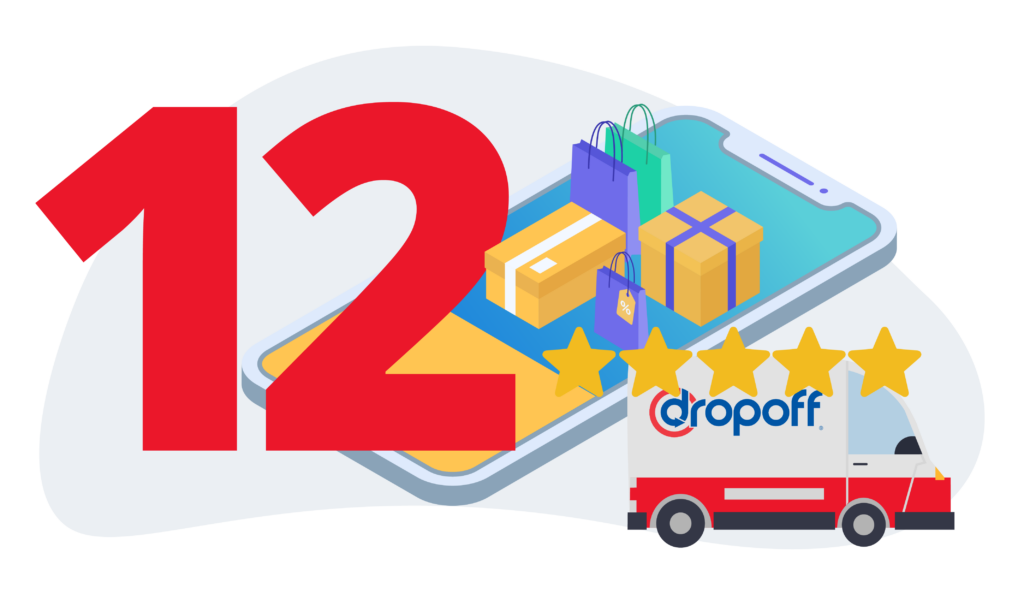
12 Tips About DTC Fulfillment You Should Know
While implementing DTC fulfillment might pose challenges, it is certainly achievable. Here are some best practices for implementing this supply chain model.
1. Focus on the customer experience
Prioritize delivering exceptional customer experiences at every touchpoint by ensuring seamless website navigation, clear product information, and responsive customer support channels. Collect feedback through surveys or reviews to identify areas for improvement in the fulfillment process and enhance the overall customer experience.
An example of this approach is Allbirds. Utilizing platforms like SurveyMonkey, Allbirds collected customer feedback to continuously improve operations and solidify their reputation for exceptional customer experience.
2. Utilize data-driven insights
Utilize data-driven insights to optimize fulfillment processes by analyzing order patterns, customer demographics, and feedback, enabling tailored inventory management and shipping strategies.
For instance, READ experienced a 20% surge in online sales as it expanded internationally with Shopify POS. App integrations like Klaviyo and Report Pundit streamlined data gathering and reporting for READ’s marketing team, empowering strategic marketing decisions driven by customer insights.
3. Optimize inventory management
To prevent stock outs or overstocking, maintain accurate inventory levels by implementing tracking systems and setting clear reorder points. Adopting a just-in-time (JIT) inventory management approach can minimize storage costs and optimize cash flow.
Alohas, an accessories brand, employs an on-demand business model to anticipate inventory needs and reduce waste. By incentivizing customers to place orders well in advance with discounted pricing, the company promotes sustainability and efficient inventory management.
4. Meet consumer expectations for fast and reliable shipping
Provide fast and reliable shipping options to meet customer expectations and ensure satisfaction by partnering with reputable carriers and optimizing shipping processes to minimize transit times and ensure on-time deliveries.
Sprinkles’ partnership with Dropoff exemplifies the importance of same-day deliveries in a DTC fulfillment model. With Dropoff’s real-time tracking, signature verifications, and customer-focused delivery drivers, Sprinkles ensures customers receive a high-quality experience, strengthening their brand reputation for excellence and reliability.
5. Streamline returns processes
Implement efficient returns processes to simplify the customer experience. Develop clear return policies, provide hassle-free return labels, and streamline the return authorization process to facilitate seamless returns and exchanges.
Asphalte’s innovative return policy prioritizes customer convenience by sending a courier to pick up products for exchange or return directly from customers’ homes or workplaces. This unique service saves customers time and hassle, although it’s currently only available to Parisians and residents of the inner suburbs.
6. Integrate sales channels seamlessly
Integrate all sales channels seamlessly to provide a unified shopping experience across platforms. Ensure consistency in product information, pricing, and promotions to avoid confusion and enhance brand credibility.
Take the revolutionary beauty tool, Contour Cube, for example. As the brand’s popularity surged on social media, customers can now easily make purchases across all their platforms.
7. Prepare for rapid scalability
Anticipate growth and invest in scalable infrastructure and processes to accommodate increased demand. Assess your current capabilities and identify potential bottlenecks to scalability, such as warehouse capacity constraints or manual order processing workflows.
For instance, the small Brentwood bakery, SusieCakes, did not anticipate their tremendous growth, but they were prepared for it. In addition to opening 25 bakeries nationwide, they eventually began shipping nationwide with the assistance of Dropoff.
8. Invest in technological Direct to Consumer order fulfillment solutions
Invest in advanced technology solutions to automate processes, track inventory, and enhance efficiency. Explore cutting-edge innovations like robotic automation, artificial intelligence (AI), and machine learning to streamline fulfillment operations and boost productivity.
Inyouths relies heavily on artificial intelligence. By leveraging machine learning algorithms, our platform analyzes customers’ browsing behavior, purchase history, item preferences, and even the time they spend looking at specific mirrors.
9. Strengthen brand-consumer relationships
Strengthen brand-consumer relationships by engaging with customers through personalized communications and promotions. Utilize email marketing, social media platforms, and loyalty programs to foster brand loyalty and incentivize repeat purchases.
Cody Plofker of Jones Road Beauty emphasizes the significance of Klaviyo’s ease in creating segments and crafting personalized emails in their BFCM strategy. Because of this marketing strategy, the brand reached a 167% boost in BFCM revenue.
10. Ensure compliance with regulatory requirements
Ensure compliance with regulatory requirements by staying informed about shipping regulations, product safety guidelines, and data privacy laws. This proactive approach helps mitigate compliance risks and safeguard your brand reputation.
For instance, understand the legal restrictions related to the products you sell, especially when shipping internationally. Consult with your shipper to understand any additional restrictions they may have, even if not mandated by law.
11. Continuously evaluate and improve fulfillment processes
Continuously evaluate and improve fulfillment processes by regularly reviewing them to adapt to changing market conditions and customer needs. Solicit feedback from stakeholders, monitor key performance indicators (KPIs), and benchmark against industry best practices to identify areas for enhancement.
Foster a culture of continuous improvement within your organization by encouraging cross-functional collaboration and innovation. Implement a structured process for collecting and analyzing feedback, prioritizing improvement initiatives, and measuring the impact of changes on overall fulfillment performance.
12. Collaborate with a reliable Direct to Consumer fulfillment provider
Collaborating with reliable logistics partners is essential for ensuring timely and accurate delivery of products. By partnering with trusted providers like Dropoff, brands can leverage their expertise in DTC fulfillment and track record of delivering exceptional service.
For instance, Sprinkles and SusieCakes have successfully partnered with Dropoff, demonstrating how a reliable logistics partner can contribute to the success of a DTC operation.
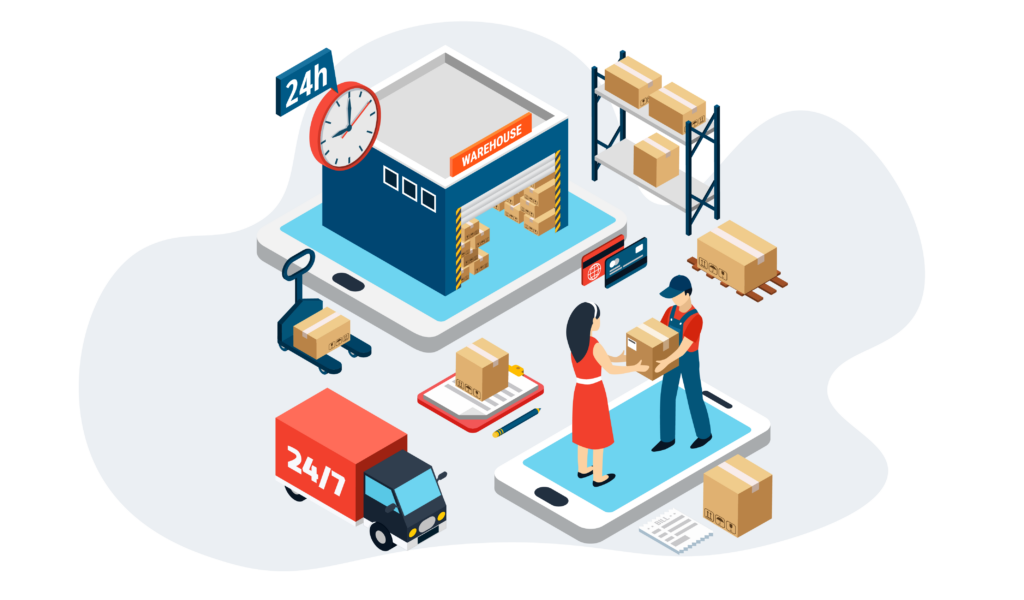
Spheres of DTC Fulfillment
Here are the operational areas of DTC fulfillment that you should consider when partnering with a logistics provider.
1. Warehousing: Efficiently storing and managing inventory in warehouses ensures organized and accessible products for fulfillment.
2. Inventory Management: Monitoring and controlling inventory levels optimizes availability, minimizes stock issues, and enhances cash flow.
3. Order Processing: Streamlining order verification, picking, packing, and shipping workflows leads to faster fulfillment and increased customer satisfaction.
4. Shipping: Reliable shipping partners and efficient processes are crucial for timely outbound deliveries as they ensure that customer expectations are met.
5. Customer Service: Providing responsive support throughout the purchase journey fosters positive experiences and builds brand loyalty.

Why should Dropoff become your reliable logistics partner?
Same-day delivery plays a pivotal role in DTC fulfillment, enabling brands to solidify their online presence and deliver exceptional customer service.
Dropoff emerges as the premier logistics partner for DTC fulfillment, offering a comprehensive range of services to optimize shipping operations. With real-time tracking and image confirmations, Dropoff ensures transparency throughout the delivery process, allowing seamless monitoring from pick-up to drop-off. Their tailored logistics software caters to diverse needs, including same-day delivery and unique shipping requirements, ensuring flexibility and efficiency.
Furthermore, Dropoff’s commitment to guaranteed on-time delivery and expertise in navigating evolving markets highlight its reliability and adaptability. By partnering with Dropoff, businesses can delegate shipping tasks to a trusted provider, freeing up time to focus on core operations.
Frequently Asked Questions
DTC fulfillment refers to the process of selling products directly to consumers through online platforms, bypassing traditional retail intermediaries.
DTC fulfillment handles returns by implementing efficient returns processes to simplify the returns experience for customers, typically including return labels and streamlined procedures.
Direct-to-consumer fulfillment services encompass the entire process of managing orders, inventory, shipping, and returns for brands selling directly to consumers.
The cost of direct-to-consumer fulfillment varies depending on factors such as order volume, shipping distance, packaging requirements, and additional services like returns processing.
A direct-to-consumer fulfillment center differs from traditional warehouses by focusing on efficiently managing orders for direct-to-consumer brands, often prioritizing fast shipping, real-time inventory tracking, and streamlined customer service.

